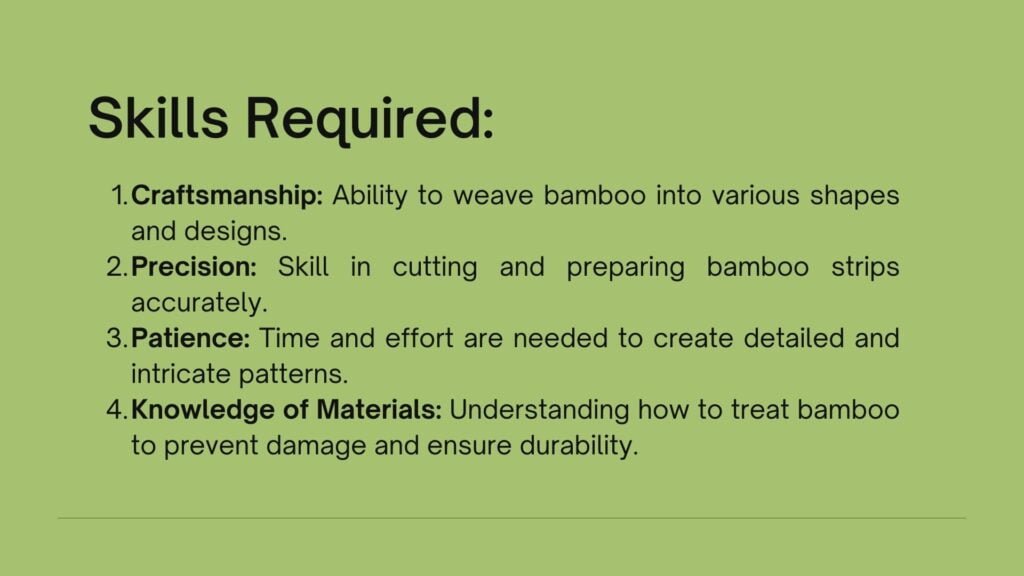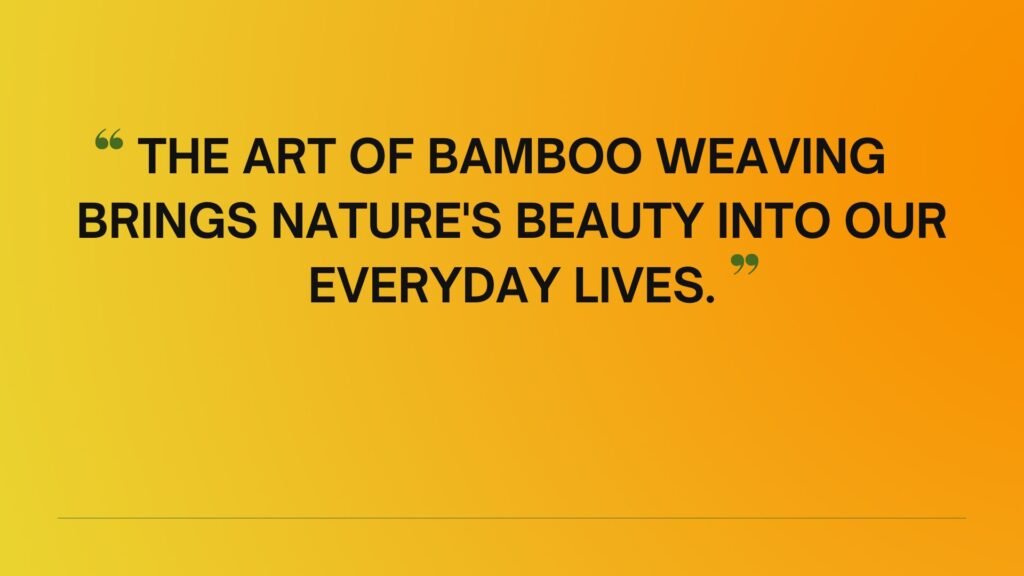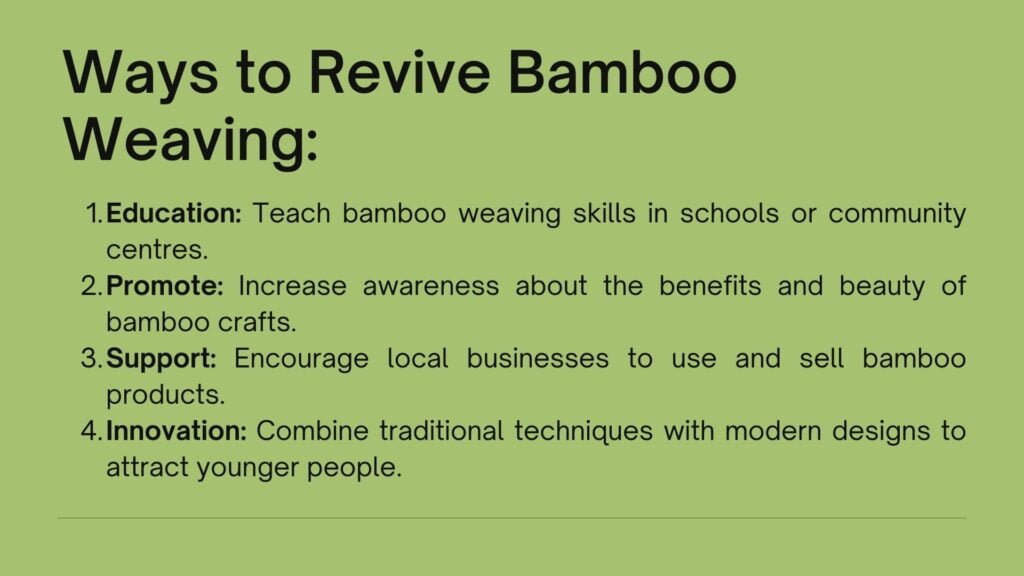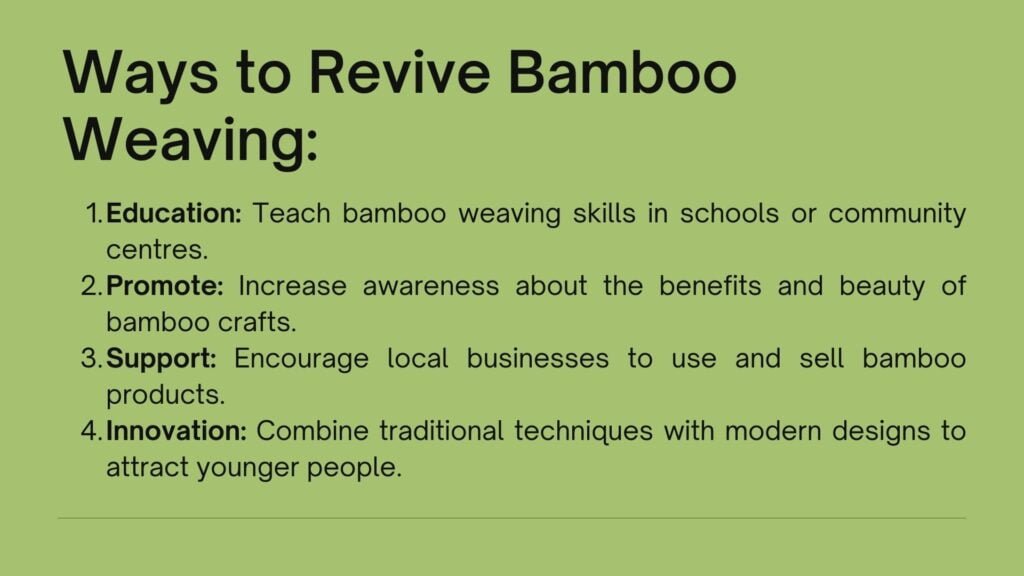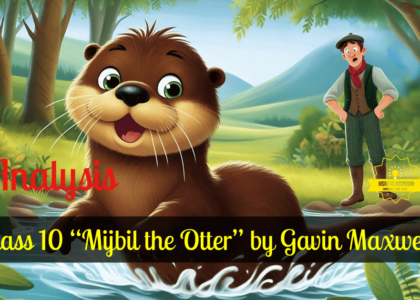Chapter 5- Glimpses of India, Part 1: Baker from Goa Summary, Theme, Extra Questions and Textbook Exercises.
Chapter 5- Glimpses of India (Part 1) A Baker from Goa by Lucio Rodrigues:
Table of Contents
More from Beehive: Glimpses of India (Part 2) ‘Coorg‘ by Lokesh Abrol, Class 10- ‘The Trees‘ by Adrienne Rich
Summary “A Baker from Goa”:
“Baker from Goa” by Lucio Rodrigues is a nostalgic pen-portrait of a traditional Goan village baker called a “pader.” The baker, an important figure in the community, is remembered for his early morning visits with the sound of his bamboo staff and the delicious loaves of bread he delivered.
These bakers, dressed in unique attire, were essential for local celebrations, providing special breads for weddings and festivals. The lucrative profession ensured the baker’s family was well-fed and prosperous. The essay highlights bakers’ cultural significance and enduring presence in Goan society, even as times change.
Key points about the baker in the story “A Baker from Goa” by Lucio Rodrigues:
| 1. Cultural Significance: The baker, known as a “pader,” is important in Goan society. The profession has been passed down through generations, maintaining its cultural significance even after the Portuguese left. 2. Physical Appearance: Bakers were typically plump, a sign of their prosperity. A person with a jackfruit-like physique is often compared to a baker. 3. Daily Routine: The baker visits at least twice daily: once in the morning and again after selling his bread. The jingling sound of his bamboo staff announces his arrival. The loaves were brought by maid-servant of the house, Paskine or Bastine. 4. Childhood Memories: The baker was a friend and companion to the children. Children eagerly awaited the baker’s arrival, primarily for bread-bangles and sweet bread. 5. Traditional Attire: The baker wore a unique “kabai” dress, a single-piece long frock. Later, bakers wore shirts and trousers shorter than full-length but longer than half pants. 6. Essential Role in Celebrations: Bread is crucial for various occasions like weddings, engagements, and festivals. Special breads like “bol” and “bolinhas” are essential for celebrations. 7. Economic Aspect: The baker collected his bills monthly, recording accounts on a wall in pencil. Baking was profitable, ensuring the baker and his family were well-fed and prosperous. 8. Community Impact: The baker’s furnace is vital for the village, symbolising tradition and continuity. Bakers are integral to the social and cultural fabric of Goan villages. |
Theme”A Baker from Goa”:
The theme of “Baker from Goa” by Lucio Rodrigues highlights the enduring cultural and social significance of traditional bakers, or pader, in Goan villages. It nostalgically portrays their integral role in daily life, celebrations, and community bonding, reflecting the influence of Portuguese traditions.
The excerpt emphasises the fond childhood memories associated with the baker’s visits, the distinctive aroma of freshly baked bread, and the festive importance of loaves, cakes, and sweet bread like bol.
Part 1 also underlines the simplicity and joy of the bygone days, where the baker’s profession symbolised sustenance, prosperity, and tradition. Even in modern times, the legacy of the village baker continues to be a treasured element of Goan culture.
Questions Answers”A Baker from Goa”:
Comprehension Check Questions:
Q1: What are the elders in Goa nostalgic about?
A1: The elders in Goa are nostalgic about the old Portuguese days and their famous loaves of bread.
Q2: Is bread-making still popular in Goa? How do you know?
A2: Yes, bread-making is still prevalent in Goa. The story mentions that the traditional bakers, known as “pader,” still exist, and the fire in their furnaces has not yet been extinguished.
Q4: When would the baker come every day? Why did the children run to meet him?
A4: The baker would come every morning and again after emptying his basket. The children ran to meet him to get bread bangles, and sometimes sweet bread.
II. Comprehension Check Questions:
Q1: Match the following. What is a must?
A1: (i) as marriage gifts? – sweet bread called bol
(ii) for a party or a feast? – bread
(iii) for a daughter’s engagement? – sandwiches
(iv) for Christmas? – cakes and bolinhas
Q2: What did the bakers wear:
(i) in the Portuguese days?
The bakers wore a single-piece long frock/dress called the “kabai.”
(ii) when the author was young?
The bakers wore shirts and trousers shorter than full-length and longer than half pants.
Q3: Who invites the comment — “he is dressed like a pader”? Why?
A3: Anyone who wears half pants that reach just below the knees invites the comment, “he is dressed like a pader,” because this style of clothing resembles the traditional attire of the bakers.
Q4: Where were the monthly accounts of the baker recorded?
A4: The monthly accounts of the baker were recorded on some wall in pencil.
Q5: What does a ‘jackfruit-like appearance’ mean?
A5: A ‘jackfruit-like appearance’ means having a plump and round physique, similar to the typical build of a well-fed baker.
Think About The Text:
Q1: Which of these statements are correct?
(i) The pader was an important person in the village in old times. (Correct)
(ii) Paders still exist in Goan villages. (Correct)
(iii) The paders went away with the Portuguese. (Incorrect)
(iv) The paders continue to wear a single-piece long frock. (Incorrect)
(v) Bread and cakes were an integral part of Goan life in the old days. (Correct)
(vi) Traditional bread-baking is still a very profitable business. (Unclear)
(vii) Paders and their families starve in the present times. (Incorrect)
Q2: Is bread an important part of Goan life? How do you know this?
A2: Yes, bread is an integral part of Goan life. This is evident because bread is essential for various occasions such as marriage gifts, parties, feasts, engagements, and festivals like Christmas. The presence of a baker in the village is considered vital, highlighting the cultural and social significance of bread in Goan traditions.
Q3: Tick the right answer. What is the tone of the author when he says the following?
A3:
| Nostalgic Nostalgic Nostalgic Funny Matter-of-fact Matter-of-fact |
Writing:
I. In this extract, the author talks about traditional bread-baking during his childhood days. Complete the following table with the help of the clues on the left. Then write a paragraph about the author’s childhood days.
| Clues | Author’s childhood days |
| The way bread was baked | Traditional methods use age-old furnaces. |
| The way the pader sold bread | The pader visited twice daily, once in the morning and again after emptying his basket. He carried bread in a basket on his head and used a bamboo staff to announce his arrival. |
| What the pader wore | In Portuguese days, the pader wore a single-piece long frock called the “kabai.” Later, he wore shirts and trousers shorter than full-length but longer than half pants. |
| When the pader was paid | The pader collected his bills at the end of the month. |
| How the pader looked | The pader and his family looked happy and prosperous, with a plump physique indicating their well-being. |
Sample Paragraph:
When the author was a child in Goa, bread-baking was very important. The pader, or baker, used old-fashioned methods to bake bread in special ovens. Every day, the pader came to the village twice. In the morning, he went with a basket of bread on his head and made a jingling sound with his bamboo stick to let everyone know he was there. The pader wore a long dress called the “kabai” or later, short trousers and a shirt. He collected money for the bread at the end of each month. The pader and his family always looked happy and well-fed, showing that bread-baking was a good job.
II. 1. Compare the piece from the text (on the left below) with the other piece on Goan bakers (on the right). What makes the two texts so different? Are the facts the same? Do both writers give you a picture of the baker?
A2: The two texts provide different views on Goan bakers.
1. Difference:
- Nostalgia vs. Survival:
- The left/first text talks nostalgically about the past, remembering the old Portuguese days and the traditional methods of baking bread. It mentions how the old baker’s routines and practices are still remembered and valued today.
- The right/second text focuses on how bakers have adapted and survived after Goa’s liberation. It explains that even though Portuguese bread might have disappeared, the bakers, or paders, have continued their work by perfecting door-to-door delivery.
2. Facts and Picture of the Baker:
- Both texts agree that bread-making is a significant part of Goan culture. They mention that traditional methods are still remembered and that paders remain important.
- The first (left) text provides a nostalgic picture of the baker’s role and the old practices, while the second (right) text highlights how paders have adapted to modern changes and continued their tradition.
3. Yes, both texts provide a picture of the baker:
Left Text: Shows a nostalgic view, focusing on traditional baking methods and the baker’s past role in the community.
Right Text: Describes how bakers have adapted to modern times and continue their work by improving delivery services.
2. Now find a travel brochure about a place you have visited. Look at the description in the brochure. Then write your own account, adding details from your own experience, to give the reader a picture of the place, rather than an impersonal, factual description
| Manila is an incredible city bursting with history and energy. During my visit, I enjoyed exploring the enchanting old town of Intramuros, where cobblestone streets and ancient forts transport you back in time. The San Agustin Church is a timeless masterpiece, exuding an irresistible old-world allure. A leisurely stroll along Manila Bay treated me to awe-inspiring sunsets that painted the sky in breathtaking colours. The National Museum was a treasure trove of Filipino culture and heritage, offering a fascinating journey through the country’s past. I couldn’t resist exploring the local markets and savouring the mouthwatering street food, from crispy fish balls to luscious mangoes. Manila’s vibrant pulse and warm-hearted locals left an indelible mark, seamlessly blending history with the city’s lively spirit. |
Group Discussion:
1. In groups, collect information on how bakeries bake bread now and how the process has changed over time.
Traditional Methods (Past):
- Used wood-fired or brick ovens.
- The dough was mixed by hand or with basic tools.
- Long fermentation times with natural sourdough.
- Bakers had to shape and proof the dough manually.
Modern Methods (Present):
- Electric or gas ovens are commonly used for faster and more controlled baking.
- Automated mixing machines ensure consistent dough quality.
- Fast-acting yeast and dough conditioners speed up the baking process.
- Technology aids in precise temperature and humidity control for optimal baking conditions.
| Bakeries used traditional ovens and wood fires to bake bread in the past. Bakers mix ingredients by hand and use old techniques like sourdough fermentation. Today, baking has become more modern and efficient. Most bakeries use electric or gas ovens, which are quicker and more consistent. They often use machines to mix dough and add ingredients automatically. New technologies like dough conditioners and fast yeast help bread rise better and faster. Many bakeries also use automated systems to ensure the bread is evenly baked. Despite these changes, some bakeries still use traditional methods for unique recipes, keeping a part of the old baking tradition alive. |
2. There are a number of craft-based professions which are dying out. Pick one of the crafts below. Make a group presentation to the class about the skills required, and the possible reasons for the decline of the craft. Can you think of ways to revive these crafts?
Extra Questions “A Baker from Goa” Lucio Rodrigues:
Short Answer Type Questions:
Q1: How did the traditional Goan baker make his presence known in the village?
A1: The traditional Goan baker made his presence known with the jingling sound of his bamboo staff, which he used to announce his arrival. He would greet the lady of the house and deliver bread while the children eagerly awaited their bread-bangles.
Q2: What role did the baker play in the community beyond selling bread?
A2: The baker played a crucial role in the community by providing essential items like sweet bread and cakes for various occasions such as marriages and festivals. His presence was vital for celebrations, and his bread was a daily staple in the village.
Q3: How did the appearance and attire of the baker reflect his profession?
A3: The baker’s attire, known as the kabai, was a long frock reaching down to the knees. Over time, this changed to shorter trousers. The distinctive dress style was so associated with the profession that wearing similar clothing could evoke comparisons to a baker.
Q4: What does the author imply about the financial stability of bakers in the past?
A4: The author implies that bakers were financially stable and prosperous in the past, as indicated by their plump physique and the ability to collect bills monthly. The profession was profitable, ensuring that bakers and their families never faced starvation.
Q5: How did the children’s perception of the baker and his bread reflect their daily lives?
A5: Children perceived the baker as a friendly figure and eagerly awaited his arrival for the bread bangles, a special treat. Their excitement and preference for the sweet bread reflect how integral and cherished the baker’s offerings were in their daily lives.
Q6: What was the significance of the sweet bread known as “bol” in Goan culture?
A6: The sweet bread known as “bol” was significant in Goan culture as it was essential for marriage gifts and festive celebrations. It was a crucial part of special occasions, making the presence of the baker’s bread vital for communal and ceremonial events.
Q7: Why did the author mention the baker’s physical appearance in the story?
A7: The author mentioned the baker’s physical appearance to highlight the prosperity associated with the profession. The baker’s plump physique was a testament to his success and affluence, contrasting with the common expectation of financial struggle.
Q8: What changes in the baker’s attire were observed by the author over time?
A8: The author observed that bakers’ attire evolved from the traditional long kabai to shorter trousers. This shift in clothing style mirrored broader changes in fashion and lifestyle, though the distinctive baker’s look remained a cultural reference.
Q9: How did the Goan baker contribute to the local economy and social life?
A9: The Goan baker contributed to the local economy by providing essential bread products and supporting social life with his presence at celebrations and daily meals. His consistent role in supplying bread made him a cornerstone of the village’s economy and social fabric.
Q10: What was the typical reaction of children when the baker arrived in the village?
A10: Children eagerly awaited the baker’s arrival, driven by the excitement of receiving bread-bangles and sweet treats. They would rush to meet him, driven by their anticipation of the unique bread rather than the loaves bought by the household maid.
Long Answer Type Questions:
Q1: How does the traditional Goan baker, known as a pader, contribute to the cultural and social life of the village in Goa?
A1: The traditional Goan baker, or pader, plays a crucial role in the village by maintaining a time-honoured profession passed down through generations. The pader’s presence is felt through the distinct sound of his bamboo staff, which heralds his arrival and signals the start of the day for many villagers.
His bread, especially the sweet bread and bread bangles, is integral to daily life and festive occasions, from marriage celebrations to Christmas. The pader’s visits are a cherished part of childhood memories, and his role is deeply embedded in the village’s cultural practices and social gatherings.
Q2: What significance does the pader’s attire hold, and how has it influenced local perceptions?
A2: The pader’s traditional attire, known as the kabai, is a distinctive long frock reaching the knees. This traditional dress symbolises the baker’s profession and visually represents his role in the community. Over time, the pader’s attire has become iconic, and anyone wearing similar clothing, such as half-pants reaching just below the knees, might be humorously compared to a pader.
The connection between the attire and the profession highlights the baker’s importance in the village and reflects how traditional clothing can influence local cultural perceptions and colloquial expressions.
Q3: According to the story, what role did the baker’s products play in daily life and special occasions?
A3: In daily life, the baker’s products, especially the bread and bread bangles, were more than just food; they were a source of joy and a staple in the Goan diet.
The baker’s sweet bread, bol, and cakes were essential during special occasions such as marriages and festivals like Christmas. The bol was a significant part of marriage gifts, and festive breads were integral to celebrations, emphasising the baker’s role in daily sustenance and enhancing the community’s cultural and social fabric through his baked goods.
Q4: What does the story reveal about the evolution of the baker’s profession in Goa and its impact on the community?
A4: The story illustrates that while the traditional Goan baker’s profession has evolved, its impact on the community remains significant.
Historically, bakers were central to village life, contributing to daily routines and special events with their bread. Despite changes over time, such as modern alternatives and the passing of older generations, the tradition endures with new bakers continuing the craft.
The baker’s presence is not just a vestige of the past but a living tradition that maintains its relevance and importance in the community. It highlights how traditional professions can adapt and persist while continuing to enrich cultural practices.
Q5: How did the children in the story interact with the pader, and what did they value most about his visits?
A5: The children in the story eagerly anticipated the pader’s visits, marked by the jingling sound of his bamboo staff. Their excitement was less about the bread itself and more about the bread bangles and sweet bread the pader brought. They would run to greet him, often climbing onto benches or parapets to peep into his basket.
The special bread bangles, sometimes sweet, were a treat they looked forward to. The pader’s visits were a joyful part of their daily routine and emphasised the special connection between the children and the baker’s offerings.
Q6: How does Part 1, “A Baker from Goa,” reflect the broader theme of “Glimpses of India” in showcasing the diverse beauty and cultural richness of India?
A6: Part 1, “A Baker from Goa,” reflects the broader theme of “Glimpses of India” by highlighting India’s rich cultural diversity and traditions. The story focuses on a traditional Goan baker, a pader, who plays a vital role in the village. His daily routines and unique attire showcase how traditional professions are deeply embedded in local culture.
The baker’s presence and special bread, such as sweet bread for festivals, illustrate the importance of preserving cultural practices. This portrayal helps us appreciate the varied and colourful aspects of Indian life, emphasising how different regions, like Goa, contribute to India’s overall cultural richness.



